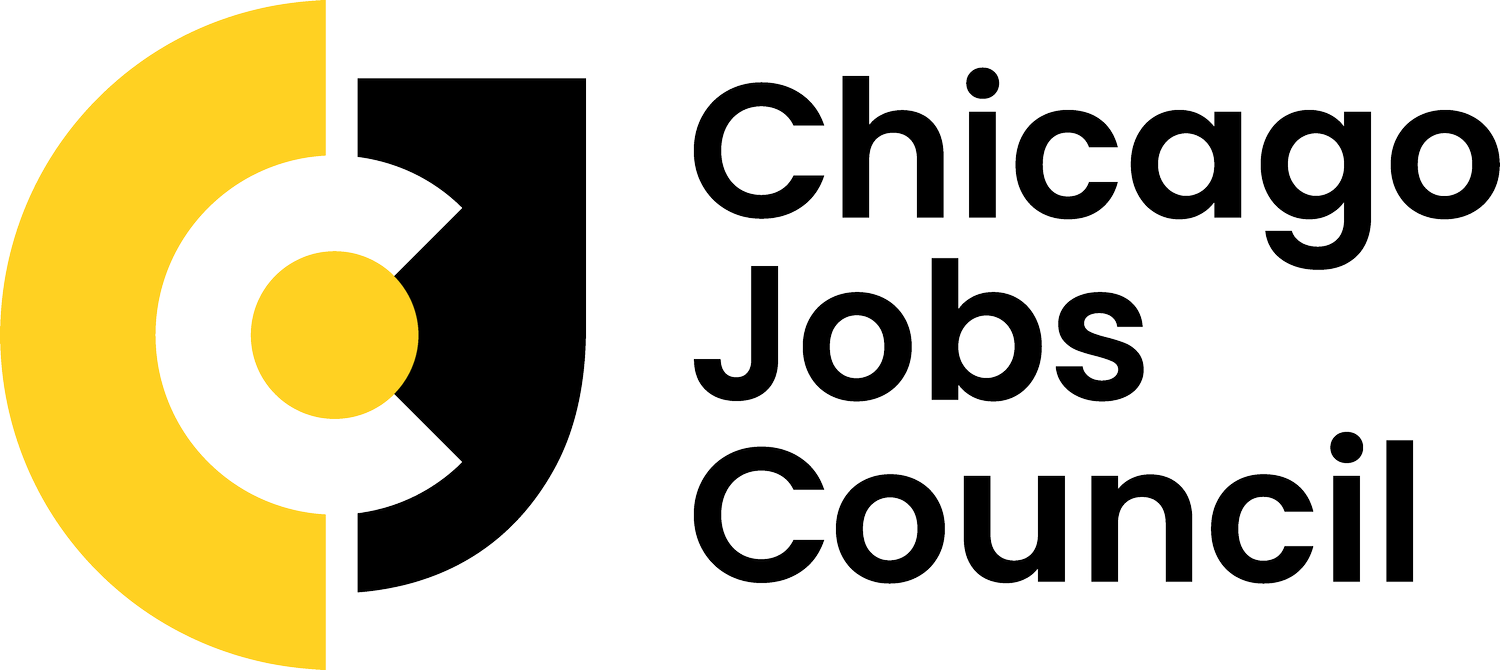Protecting Dignity in the Workplace: Why LGBTQI+ Protections Matter
June is a time to honor the accomplishments of LGBTQI+ individuals and celebrate their resilience and contributions. However, it also serves as a stark reminder of the challenges that persist. On May 15th, a federal court ruling weakened workplace protections for transgender and nonbinary employees, underscoring the ongoing need for vigilance and advocacy in the fight for equality.
The Court Ruling
In 2024, the Equal Employment Opportunity Commission (EEOC) issued guidance clarifying that harassment based on gender identity—including refusal to respect an employee’s name and pronouns—constitutes sex-based harassment. A recent federal ruling overturned key parts of this guidance, arguing it exceeds the scope of existing civil rights laws. This decision raises significant concerns about the future of workplace equality and sets a troubling precedent for narrowing protections.
The Human Impact
Data from the Economic Policy Institute reveals that 70% of transgender workers have experienced workplace
harassment or discrimination, such as verbal abuse, being denied benefits, or even termination. Rolling back these protections leaves these workers—and others—more vulnerable in an already challenging job market.
Compounding these challenges, research from the Center for American Progress highlights the significant economic impact of workplace discrimination. Over the course of a year, LGBTQI+ households lose approximately $12,600 in income due to the 15-cent wage gap, a disparity greater than the average annual expenditure on food and gasoline combined. Discrimination and harassment, reported by a quarter of LGBTQI+ workers in 2024 compared to 16% of non-LGBTQI+ workers, likely contribute to this stark income gap.
What’s Happening Now? The legal and political landscape surrounding workplace protections for LGBTQI+ individuals is rapidly evolving. Recent developments shed light on both the challenges and opportunities for progress:
Congress Pushes Back on EEOC Leadership: This week, 70 Congressional Democrats criticized EEOC acting chair Andrea Lucas, accusing her of deprioritizing gender-identity discrimination claims. They allege that the agency has halted processing these cases and removed supportive language like the “X” gender marker from its forms. Such actions risk undermining the protections affirmed by the 2020 Bostock v. Clayton County ruling.
Courts Defend DEI Efforts: In contrast, a federal judge in California recently blocked executive orders aimed at defunding LGBTQ+ and DEI-focused nonprofits. The court’s decision cited constitutional protections, preserving funding for critical support programs and highlighting the judiciary’s role in safeguarding equality.
These developments illustrate the dynamic nature of the fight for workplace dignity. While one ruling weakens protections, other legal actions and political efforts work to uphold and expand them.
Why This Matters for Everyone
Efforts to limit workplace protections don’t just harm LGBTQI+ workers—they set a precedent for undermining fairness and safety for all employees. Inclusive workplaces foster respect, productivity, and innovation. When protections are weakened, it creates an environment where bias and discrimination can thrive, affecting morale and overall workplace culture.
How You Can Help
Support Inclusive Policies: Advocate for workplace guidelines that explicitly protect against gender identity discrimination.
Educate Yourself: Learn about workers’ legal rights and share this knowledge with others.
Engage in Advocacy: Support organizations fighting for workplace equity, such as the Economic Policy Institute.
The fight for workplace dignity continues. This Pride Month, let’s reaffirm our commitment to equity and safety for everyone. By staying informed and engaged, we can ensure progress moves forward, creating a future where every worker is treated with the respect they deserve.


